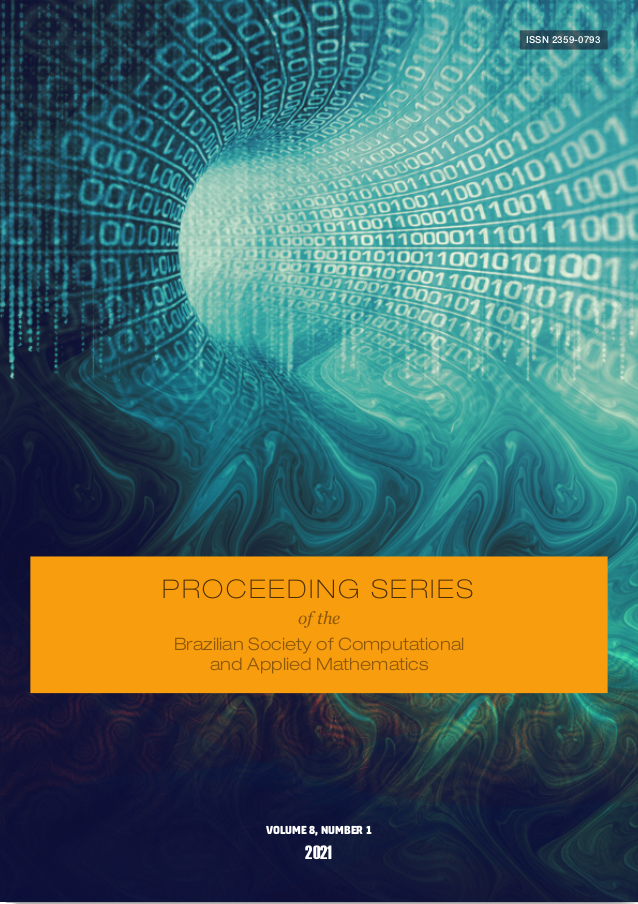Variable density band-based undersampling scheme for Compressed Sensing MRI reconstruction
Abstract
Magnetic resonance of brain images have an implicit sparsity in an appropriate transformdomain [1]. Based on compressed sensing theory (CS), images with a sparse representation can berecovered from undersampledk-space data. However, to have an efficient reconstruction [1], theundersampling scheme should be incoherent with respect to the sparsifying transform [2]. [...]Downloads
References
Lustig, M., Donoho, D. L., Santos, J. M. and Pauly,J. M. Compressed sensing MRI. IEEEsignal processing magazine, 25(2), 72-82, March 2008.
Lustig, M., Donoho, D. and Pauly J. M.Sparse MRI: The application of compressed sensing forrapid MR imaging. Magnetic Resonance in Medicine: An Official Journal of the InternationalSociety for Magnetic Resonance in Medicine 58.6: pg 1182-1195, 2007.
Donoho, David L.Compressed sensing. IEEE Transactions on information theory 52.4: 1289-1306, 2006.
Paul, J.S. and Mathew, R.S.Regularized Image Reconstruction in Parallel MRI with MAT-LAB. CRC Press, 2019.
Adcock, B., Hansen, A. C., Poon, C., and Roman, B.Breaking the coherence barrier: A newtheory for compressed sensing. Forum of Mathematics, Sigma. Vol. 5. Cambridge UniversityPress, 2017.
Krahmer, Felix, and Rachel Ward.Stable and robust sampling strategies for compressive imag-ing. IEEE transactions on image processing 23.2 (2013): 612-622.

